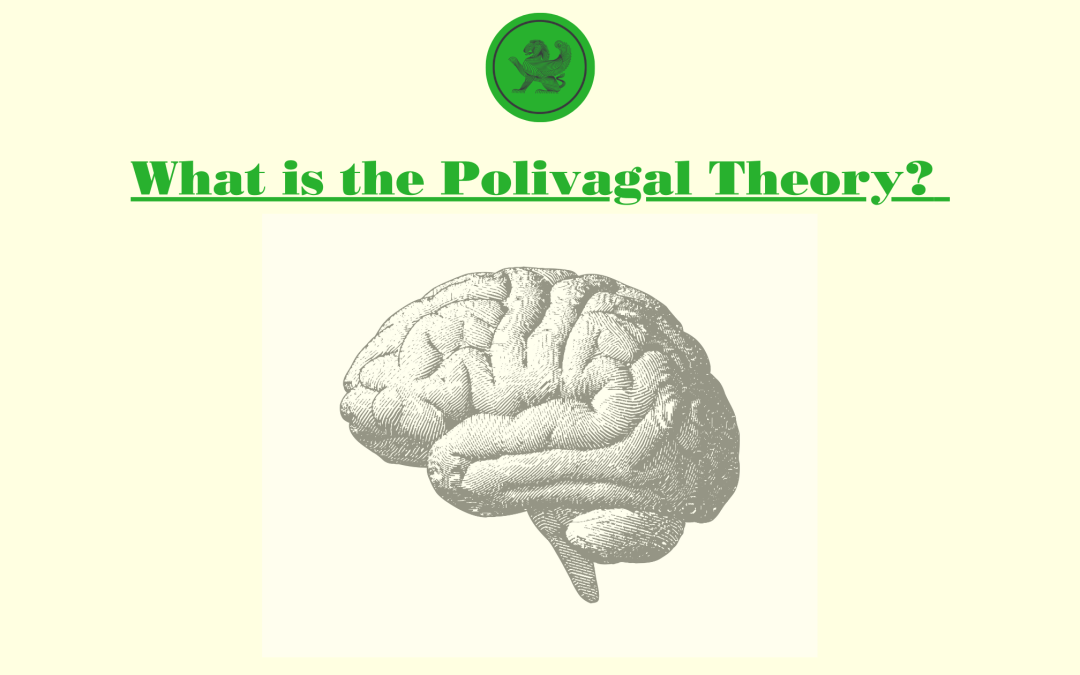CREDITS
By Dr Melane van Zyl
What is the Polyvagal Theory?
Dr. Stephen Porges developed the Polyvagal Theory in the 1990s and offered a nuanced way to understand the autonomic nervous system, especially in the context of safety, threat, and social behaviour. The name “polyvagal” combines “poly,” meaning “many,” and “vagal,” referring to the vagus nerve, which is a major component of the autonomic nervous system.
The Polyvagal Theory postulates that human beings, through evolution, have developed three distinct neural circuits to respond to safe, dangerous, or life-threatening situations. These circuits are hierarchically organized and can be summarized as follows:
1. Ventral Vagal Complex (Social Engagement System):
o Origin: The most recent in evolutionary terms, associated with the mammalian autonomic nervous system.
o Function: It supports social engagement, communication, and positive social behaviours. It helps in calming the body in safe situations. When this system is active, individuals are likelier to be calm, rested, and socially engaged.
o Physiological features: The activity is characterized by regular breathing, a calm heart rate, and a sense of safety.
2. Sympathetic Nervous System (Mobilization):
o Origin: Associated with the fight or flight response, it evolved before the ventral vagal complex but after the dorsal vagal complex.
o Function: It prepares the body for action in the face of perceived threats.
o Physiological features: Increased heart rate, respiratory rate, and muscular activity. The body is primed for action.
3. Dorsal Vagal Complex (Immobilization):
o Origin: The oldest of the three systems, originating from the reptilian autonomic nervous system.
o Function: It leads to a freeze or shutdown response, which might be activated in response to extreme threats when fight or flight isn’t possible. This can manifest in behaviours like dissociation or fainting.
o Physiological features: A drop in metabolic activity, reduced heart rate, and shallow breathing. The body might appear “shut down.”
The Polyvagal Theory emphasizes the importance of the physiological state in determining behaviour, especially in how individuals engage with or disconnect from, their environment and those around them. The theory has been particularly influential in fields like trauma therapy, as it provides a framework for understanding trauma responses and how the body can become “stuck” in defensive states even when threats are no longer present.
It’s also worth noting that the Polyvagal Theory offers a perspective on why social connection and feelings of safety are crucial for health and well-being. The ventral vagal state, associated with feelings of safety and social engagement, promotes rest, digestion, and repair in the body.
In therapeutic contexts, insights from the Polyvagal Theory can guide interventions aimed at helping individuals shift from defensive states (mobilization or immobilization) to a state of safety and social engagement.
Remember: almost all therapies aim to calm the nervous system.


